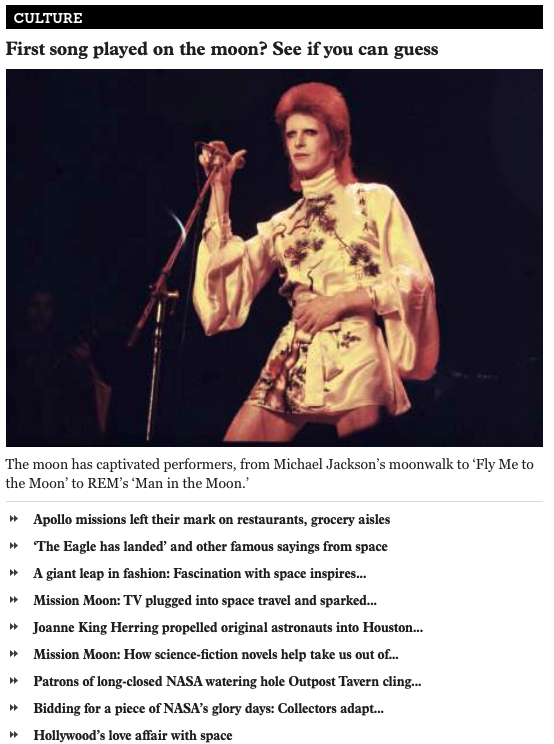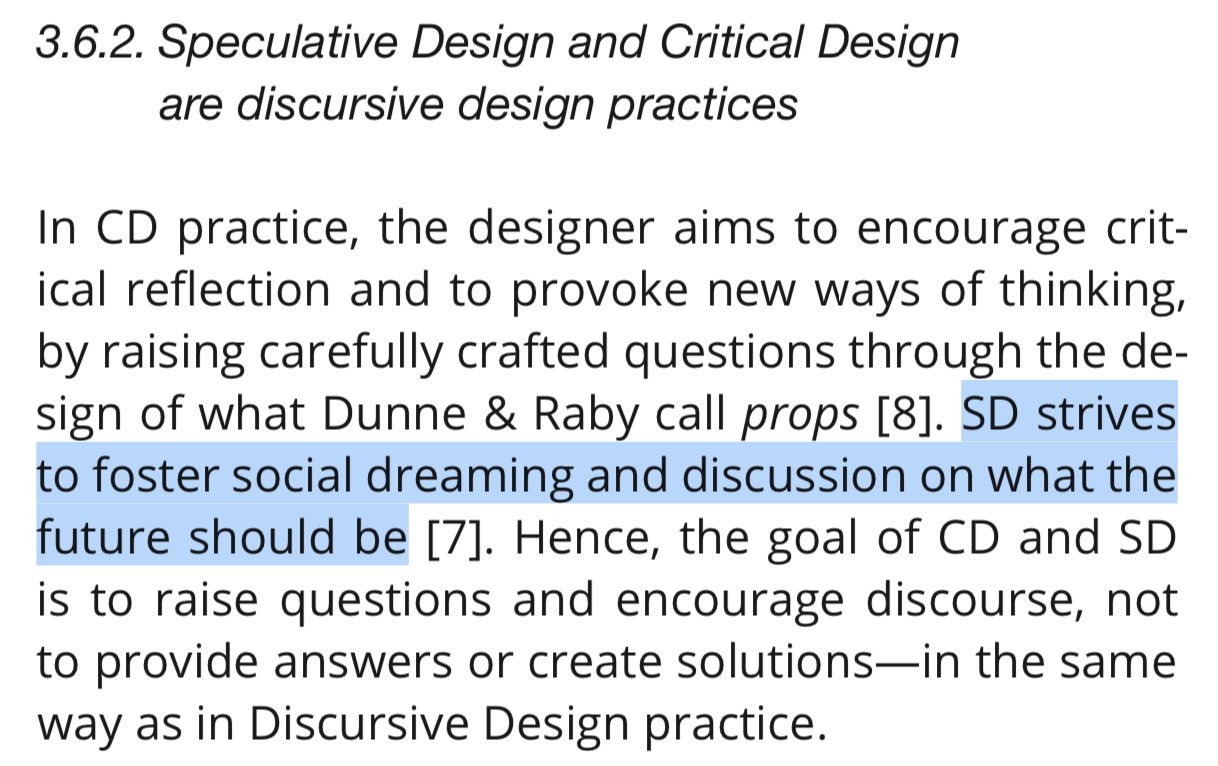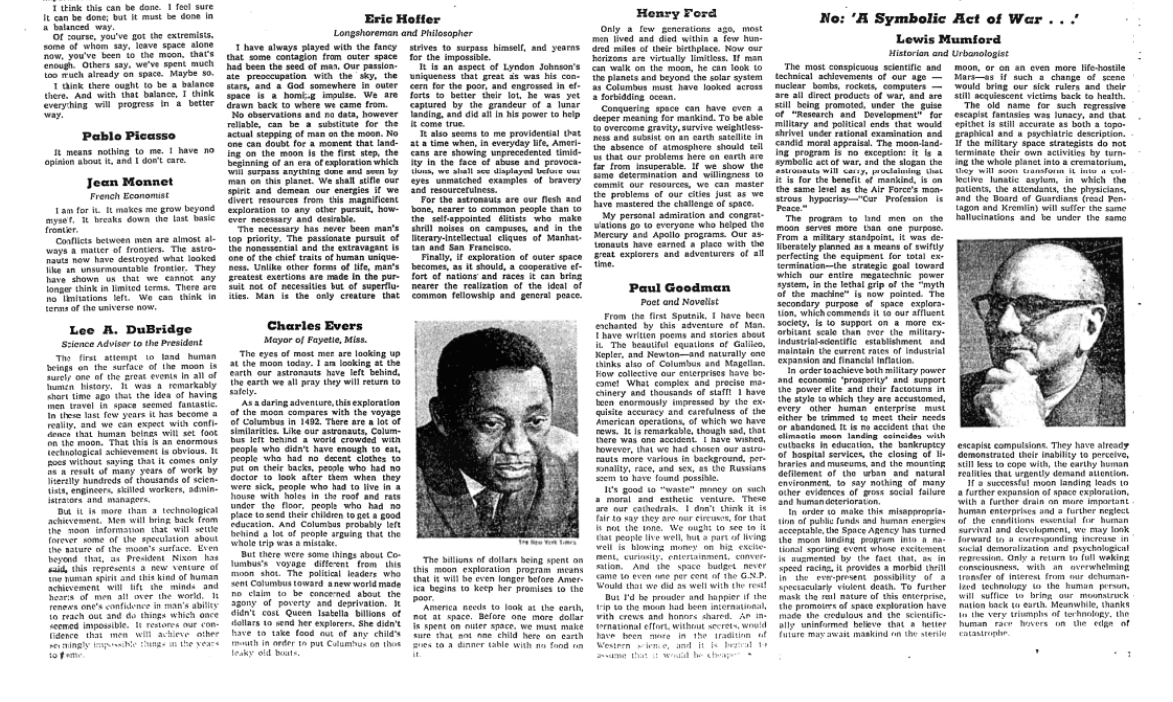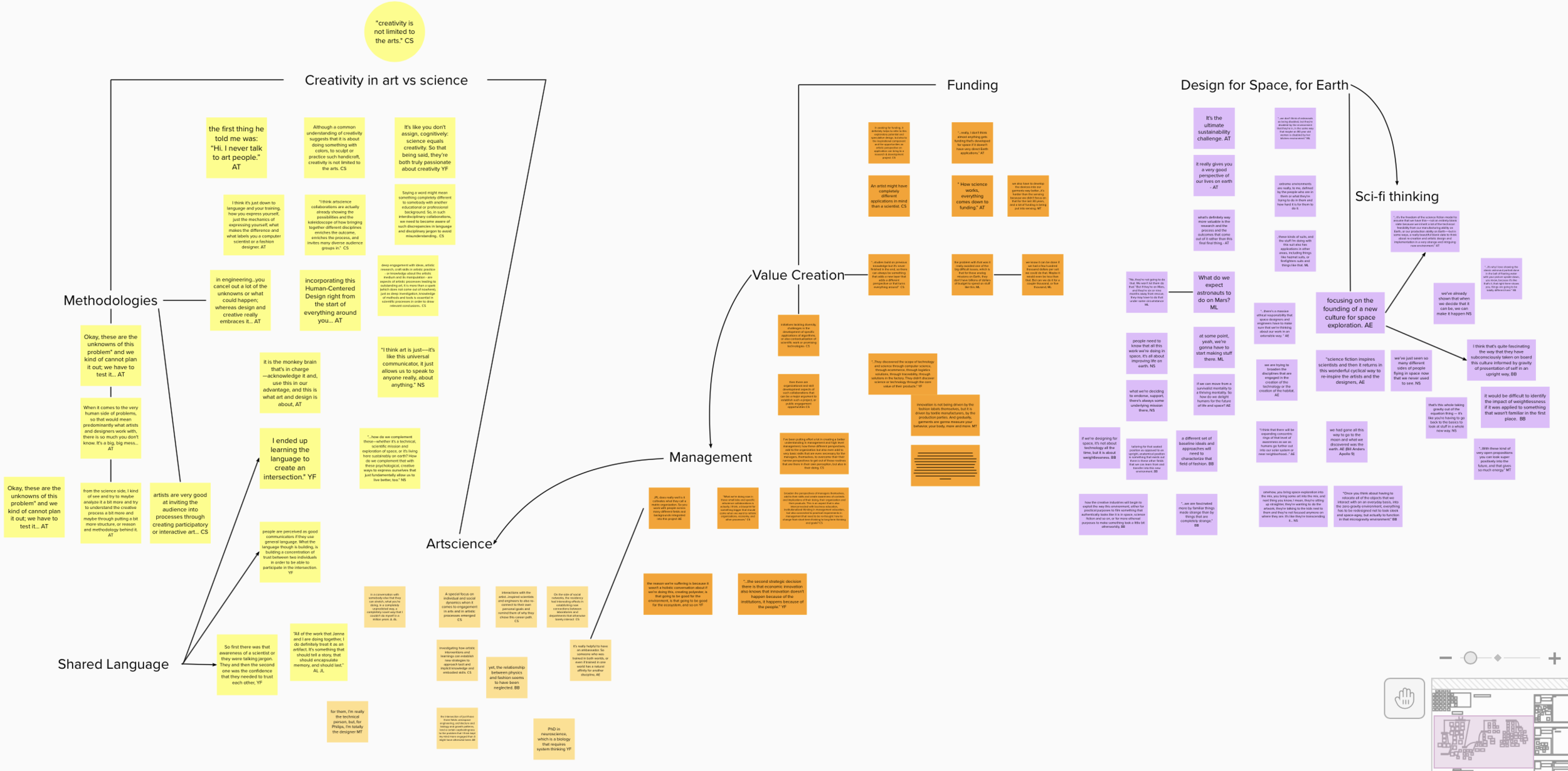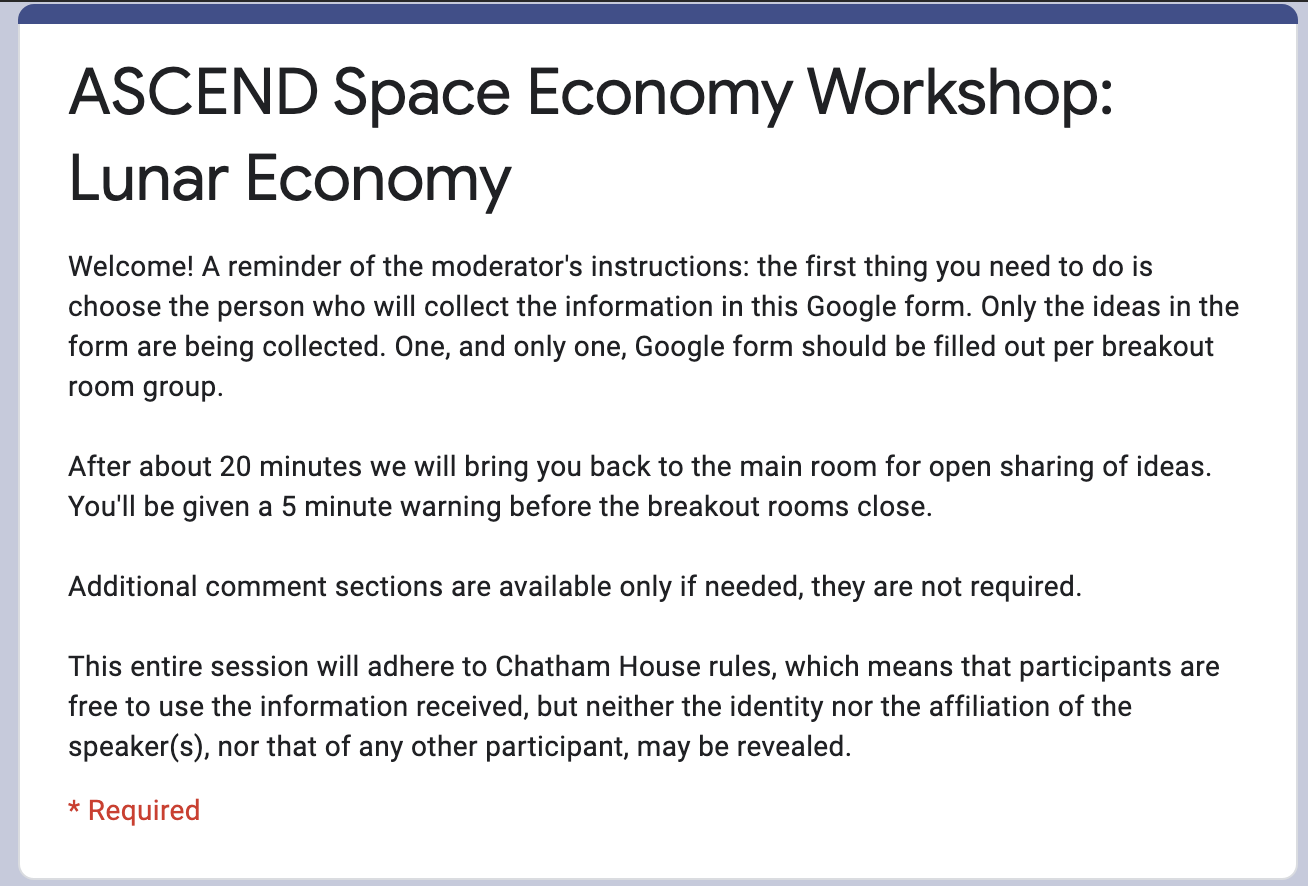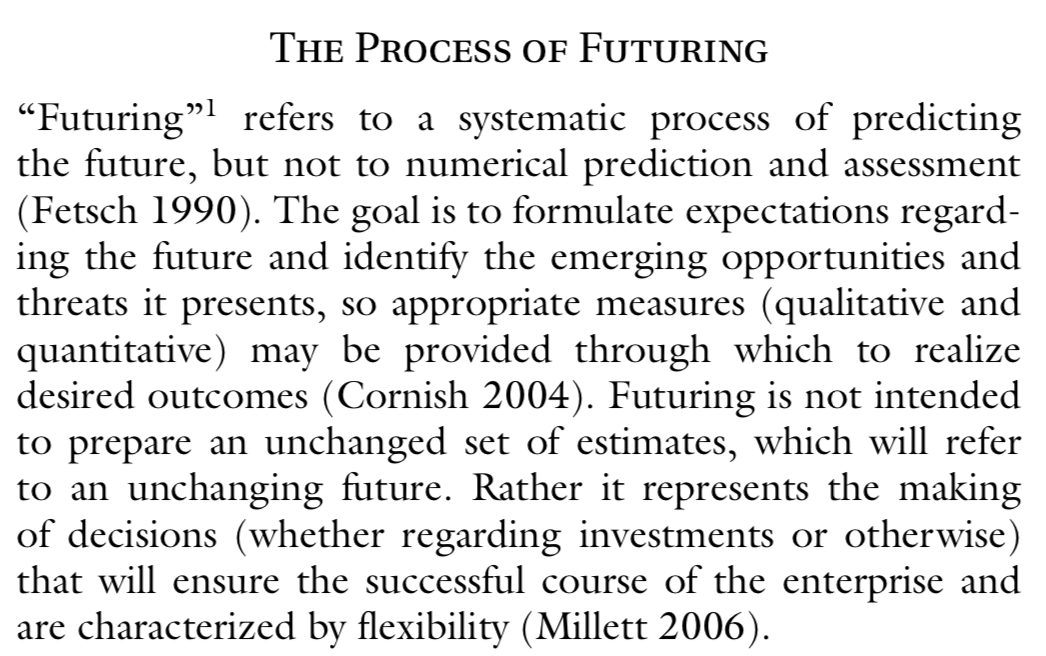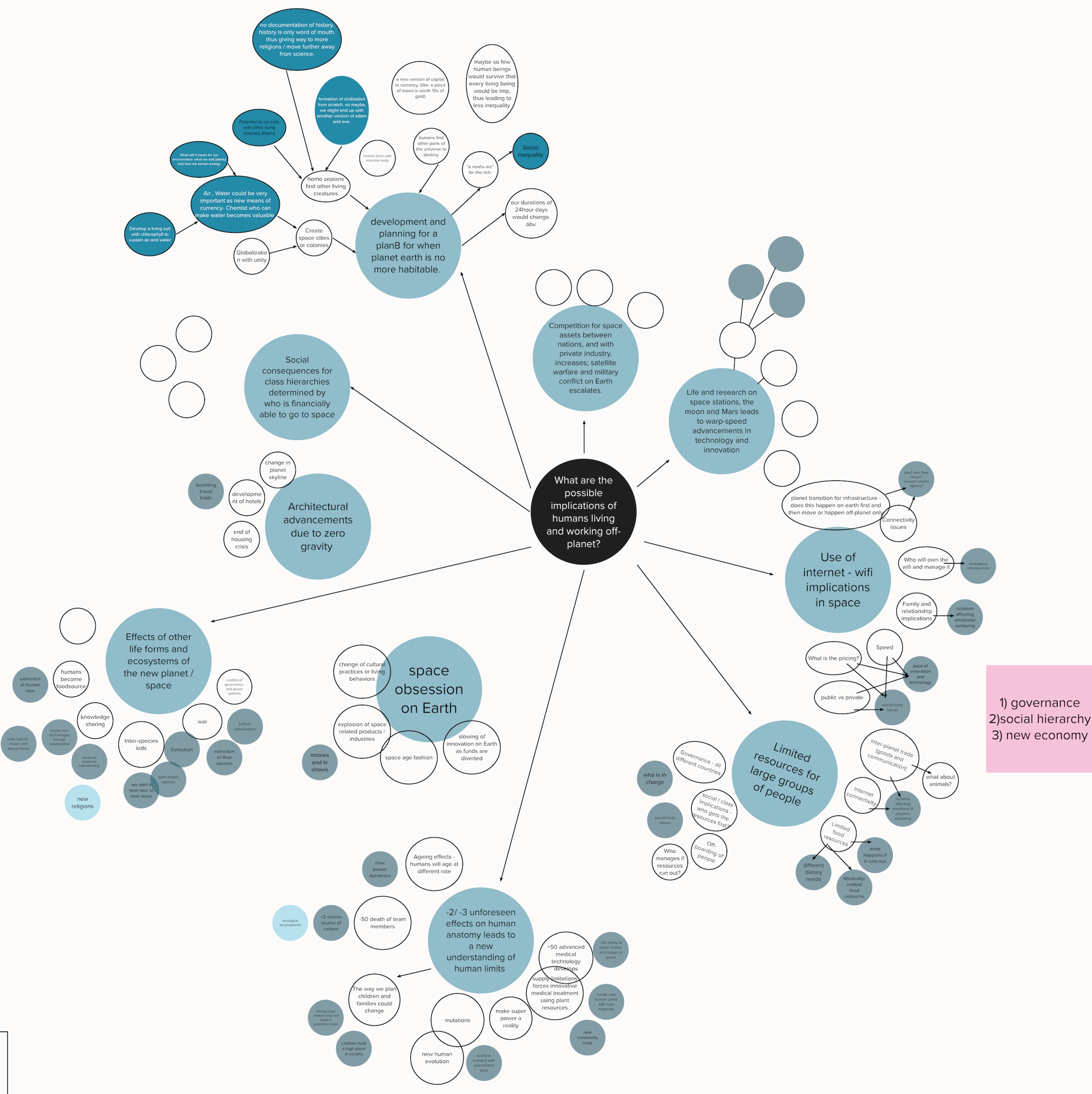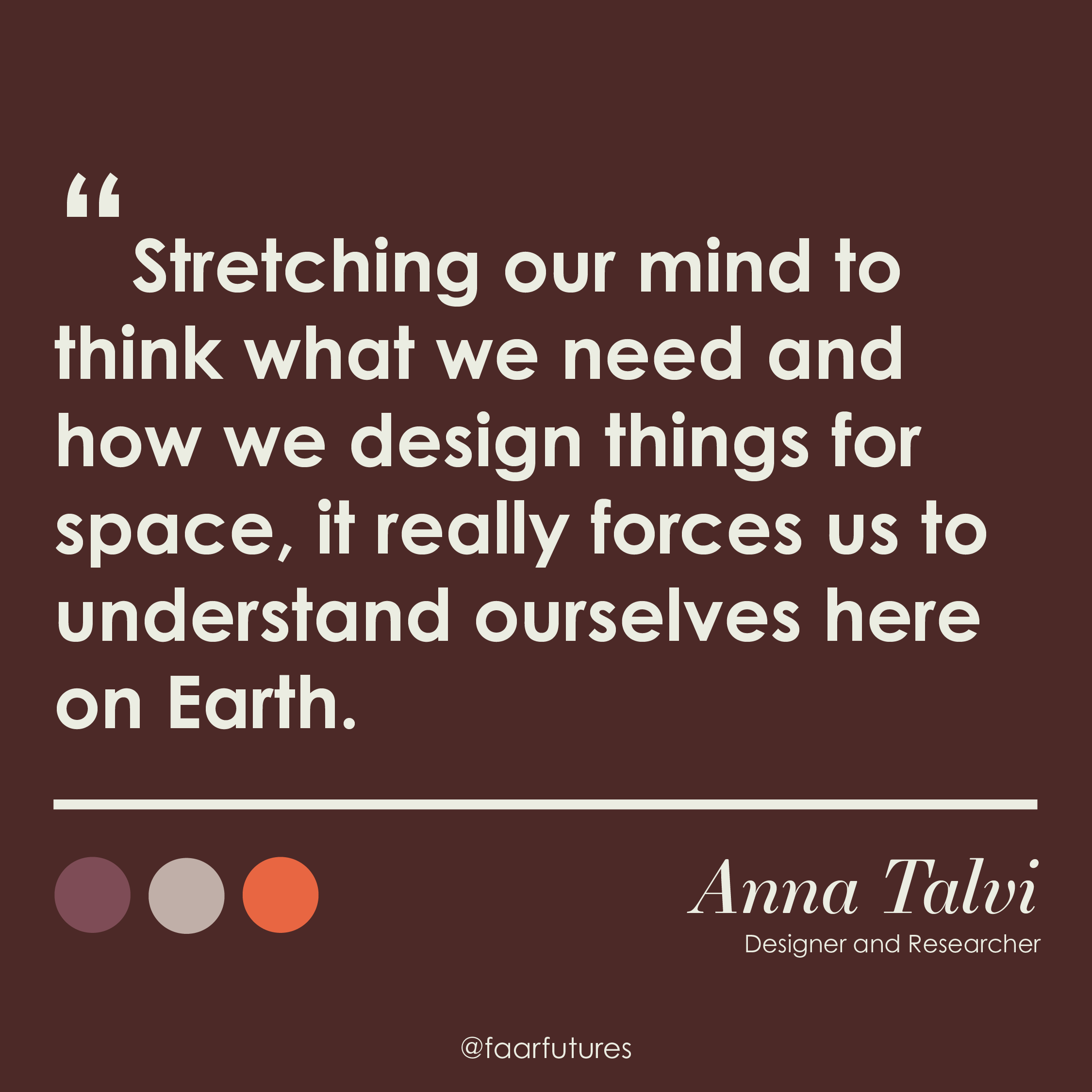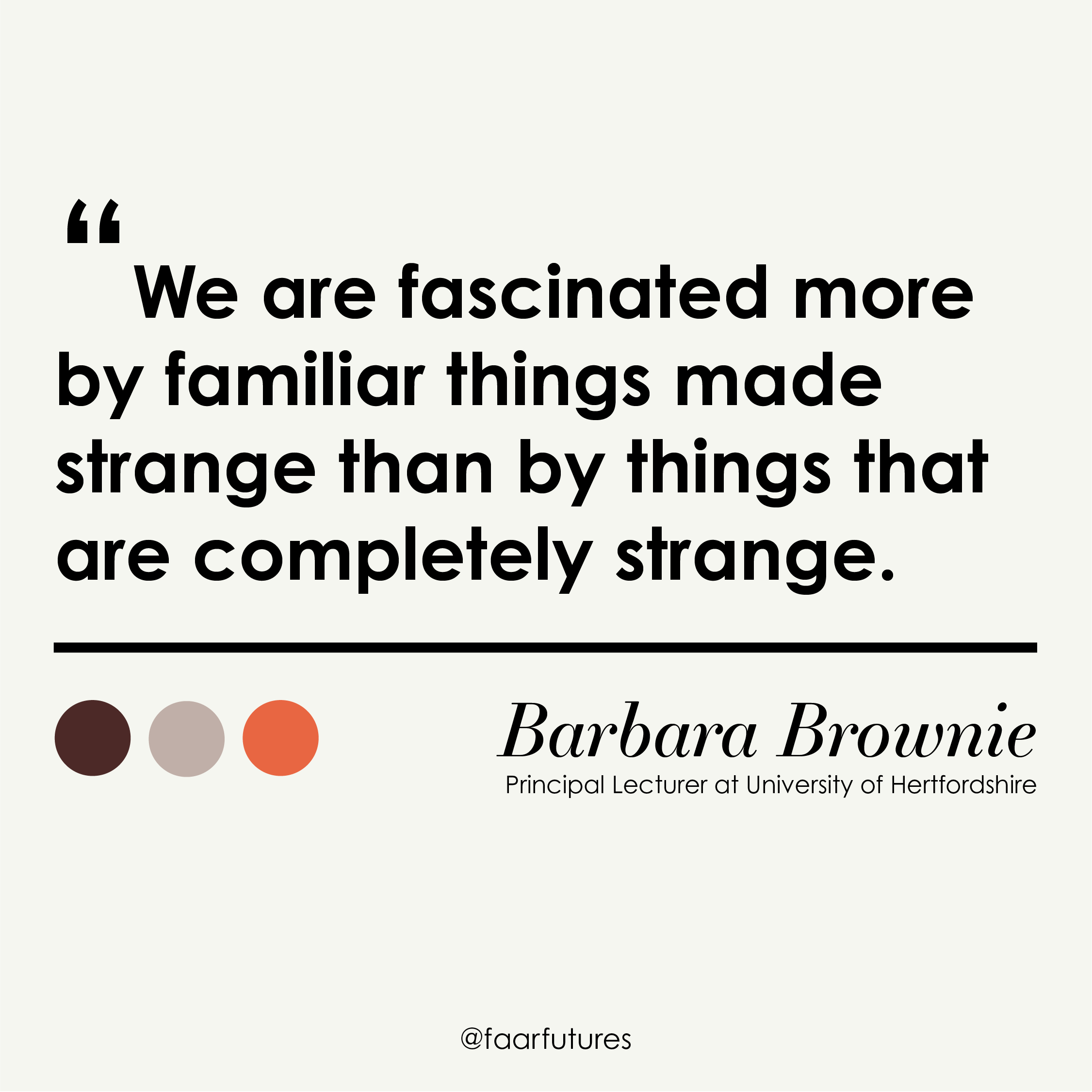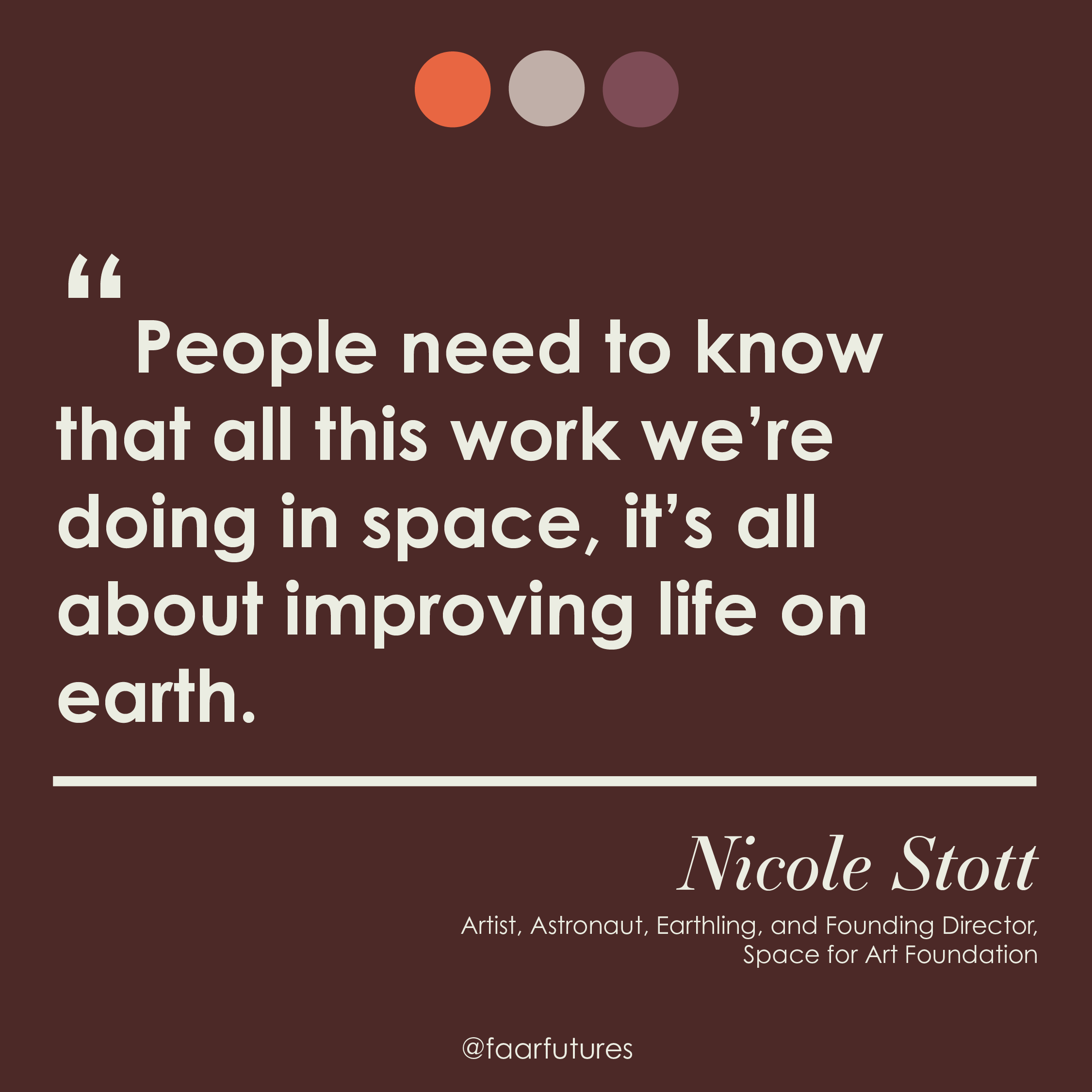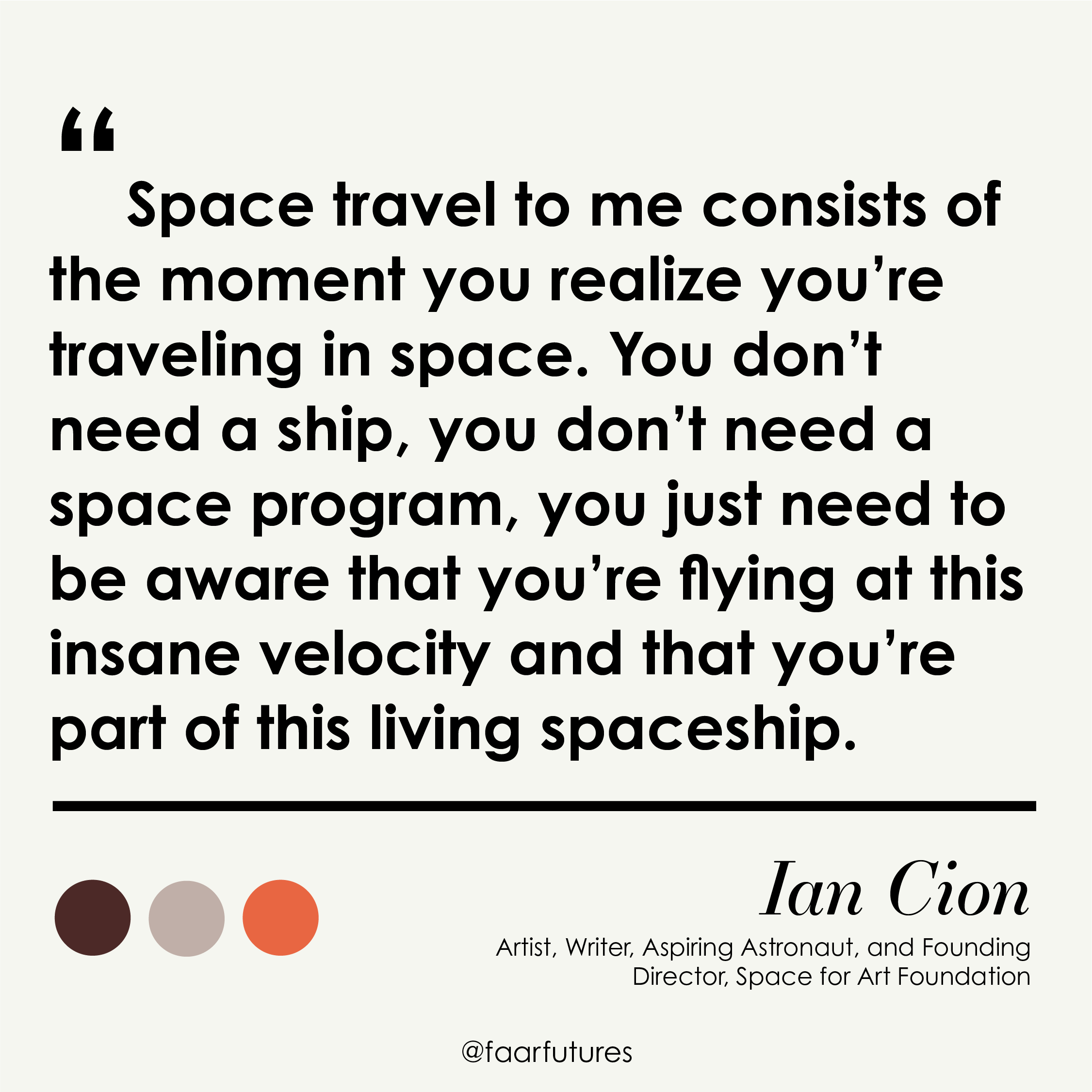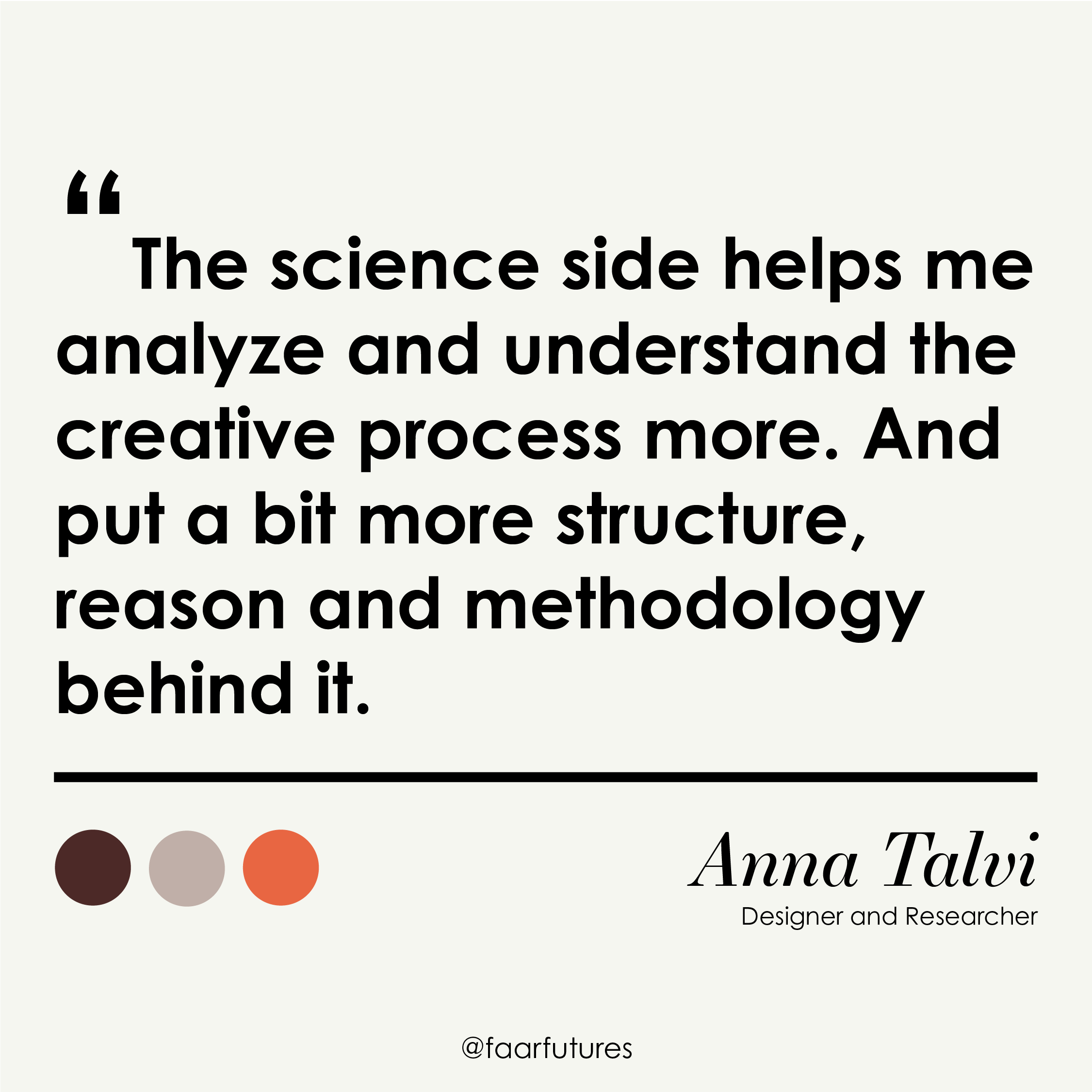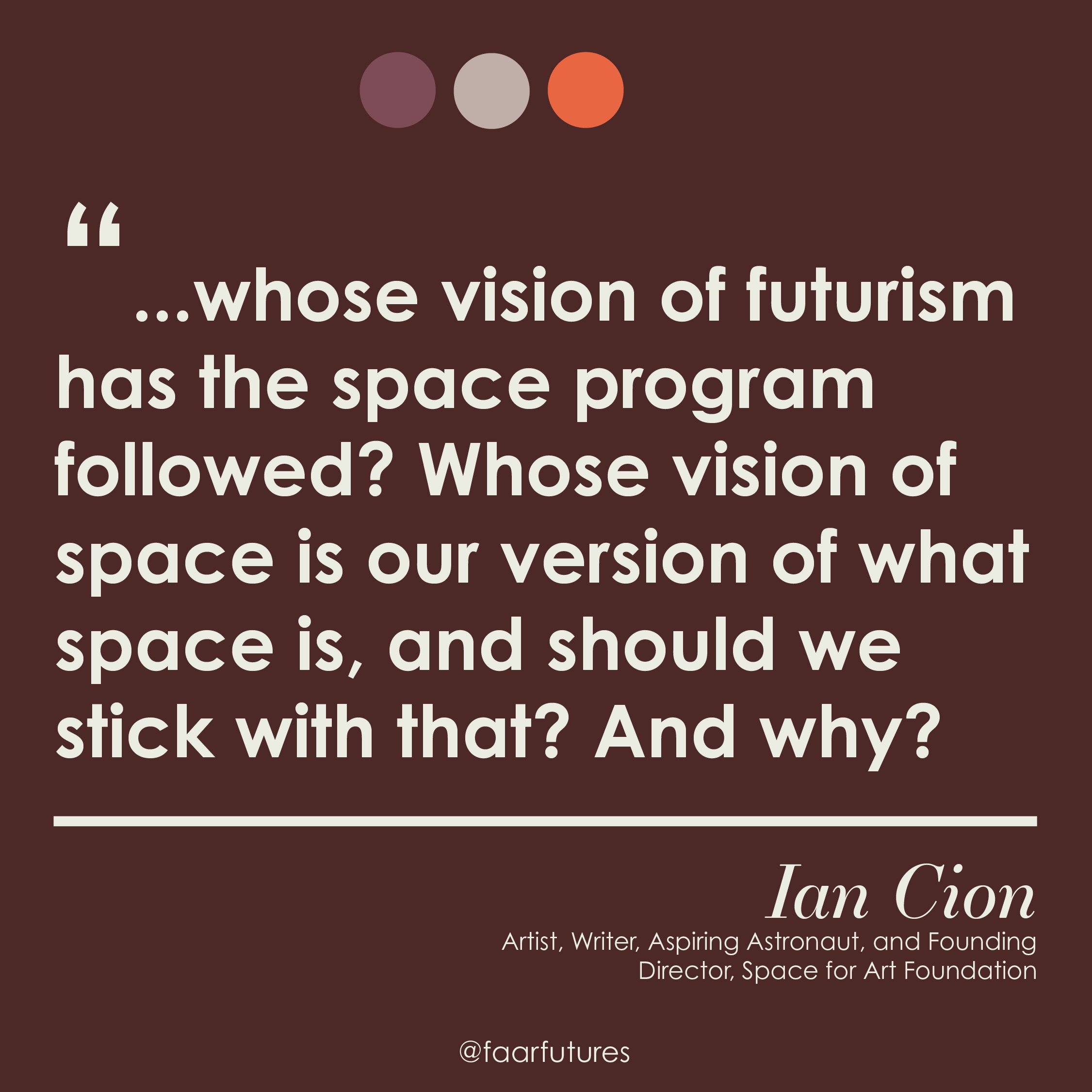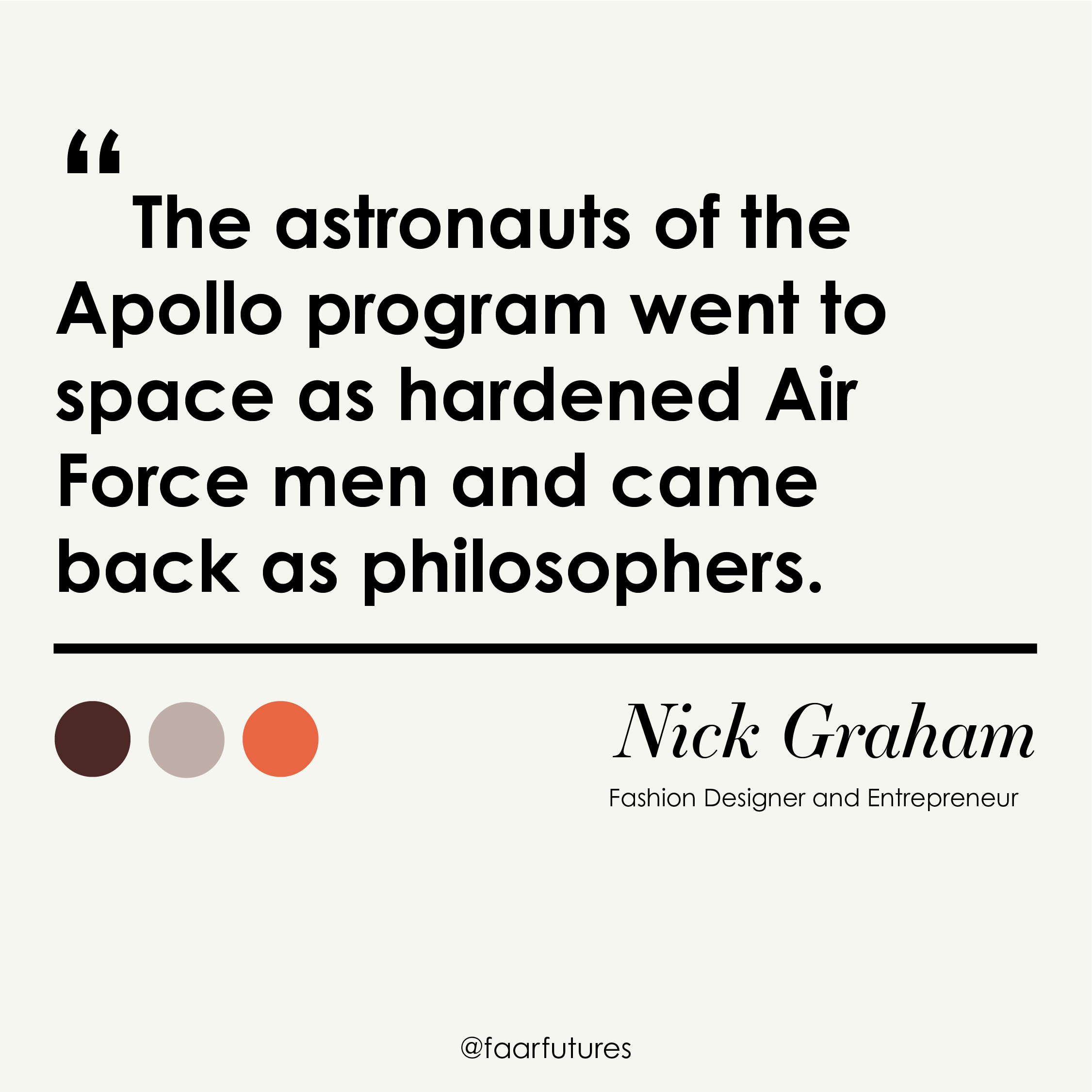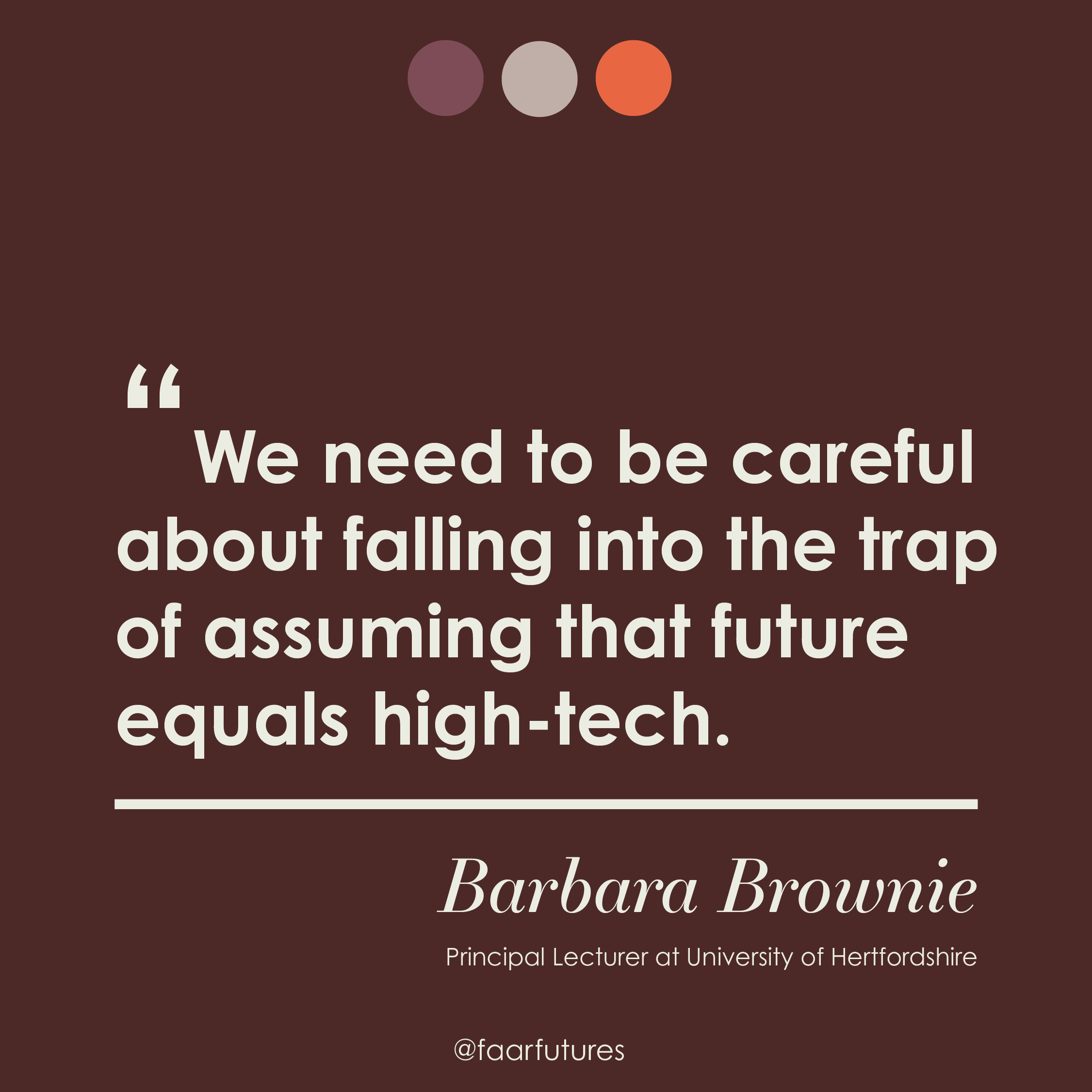Space Economy and Space-for-Earth Design Research
Commercializing Low-Earth Orbit (LEO)
Research Question:
How might we create a platform to accelerate a LEO economy involving a diverse set of participants?
Process:
Our team spent the first couple of weeks doing desk research to quickly learn the essential knowledge about the LEO economy and NASA’s role in commercial LEO. We also invested time to understand their desired outcomes from working with a Strategic Design team. A first step was to rewrite the brief, to ensure that we clearly understood the scope and the excpectations.
The entire project was conducted remotely, with team members across 3 continents.
We established a weekly cadence of co-creative meetings that tested specific leverage points, and their potential impact. Through these co-creative sessions we used tools like Mural white boards, storyboards, and word clouds populated in real time with a shared screen.
As the client representative, I was responsible for managing the client relationship, and communication between the client and the team. In this role, I ensured the team was responding to the client’s needs while also making sure direction from the client was within scope, would positively impact the project trajectory, and was clearly communicated to the team.
Hypothesis
If we create a resilient and accessible system for LEO participants, then a diverse economy will be possible through self-procuding, self-sustaining relationships.
Key Insights and leverage points:
We learned that navigating NASA’s opportunities is super complex and opaque.
Given the immensity and complexity of the organization, the silos within NASA are impossible to navigate without an inside connection.
Key team members in one division are not guaranteed to know the members of another division, much less the divisions themselves.
Commercial opportunities are misunderstood by the public, overshadowed by SpaceX, Virgin Galactic and Blue Origin because of the high-profile nature of their founders.
Research alliances and coalitions are a promising channel for increasing engagement, and likelihood of a successful application for research on the ISS.
The value of space is microgravity environment. It is entirely unique and non-replicable.
Outcomes:
We developed a digital platform that intends to streamline the process of understanding technology readiness and how to positioning an application, tracks the steps of responding to an RFP, and adds transparency to the process in order to build trust and instill more certainty. With opportunities for networking and knowledge-sharing, the platform is more in the likeness of a private entity that focuses on user experience as a top priority.
A Business Incubator in Space
Research Question:
How might we turn the International Space Station into a business incubator?
Process:
A team assembled by the World Design Organization (WDO) and the International Space Station National Lab (ISS NL) from international applicants was assigned one of three design challenges to explore and generate recommendations for over a 14 day period.
In my role as team facilitator, I was responsible for setting an agenda, a timeline, and objectives for the 14-member team during phase I of the design sprint. During phase II, the team will continue to build on the concept after internal teams at ISS NL discuss feasibility and potential challenges or unexplored opportunities.
Key Insights:
International Space Station needs to lean into the International identity and accessibility, and not be positioned as US-centric
It is confusing, and often inaccessible, for individuals or organizations to get research on the ISS
The long-lead time, limited surface area on station, and limited space on the transport vessels present challenges for scale
Space investment requires long-term committment and comfort with uncertainty which could both be supported by the meter of interest from crowdfunding investors.
Outcomes:
A recommendation for a crowdfunding platform for individuals to fund projects that they want to support getting into orbit. The benefits were threefold:
Engage the public through a pathway to put skin in the game, educate themselves on space business, capabilities and impact
Support new and diverse projects from around the world to get a foothold in the LEO economy
Help ISS NL identify where public interest lies, surface new products outside of their current pipeline, and demonstrate demand that could increase funding or help expand private industry investment in more LEO crewed real estate.
Design and Science: Signals of Change
Research Question:
By framing design in the context of a preferred future, with an element of excitement and storytelling, today’s designers and decision-makers will be more intentional about design decisions and product lifecycle considerations, and incentivized to practice long-term thinking over short-termism.
Image Via Chanel, FW 2018 Couture / The Grand Palais, Paris
Process:
This project started with a exploration of the intersections between the fashion and space industries. Starting to see patterns and trends across new technology and innovation (think 3D printing and closed-loop manufacturing) and also through marketing and storytelling, where brands find alignment with space, and NASA specifically, to be relevant again.
After exploring these themes through focus groups, panel events, writing, and a digital publication addressing some of the key signals of change, it was clear that the relationship between fashion and aerospace was just one example of a larger theme: intersections between design and sceince.
Through sharing the work, and finding opportunities to give presentations and talks, engaging in dialogue with multidisciplinary audiences, new questions and lines of inquiry have come up. There is evidence of a white space in design research an design strategy for the space industry, and the structuring of design science collaborations.
Methods:
Round Table, in-depth open-ended interviews, social media listening, desk research, co-creative workshops, futuring and scenario planning frameworks.
Key Insights:
It is important to show how Space activities can benefit life on Earth in order to receive support and funding.
There is creativity in science, and there is method in design and art. This creates common ground for multidusciplinary teams to collaborate.
Let it be new: In order to find new ways to use technology or new applications for creative processes, we have to practice unlearning, let go of what we know, and let it be new.
Outcomes:
While the research is ongoing, there have been several tangible outputs that are accessible to share and build on the conversation: A publication that launched in April of 2020, with a second issue in November 2020. A series of partnerships and collaborations with other researchers and designers, and other organizations. A website with robust research possibilities and a growing audience.
…
Other: Consumer Product and Service Research
A Third Space for Women
Research Question:
How can a third space improve the quality of life for uncompromising women living in cities?
Read more here
Photo by The Creative Exchange on Unsplash
A New Way to Experience Shopping
Research Question:
What do women really mean when they say they want a more personalized shopping experience?
Read more here




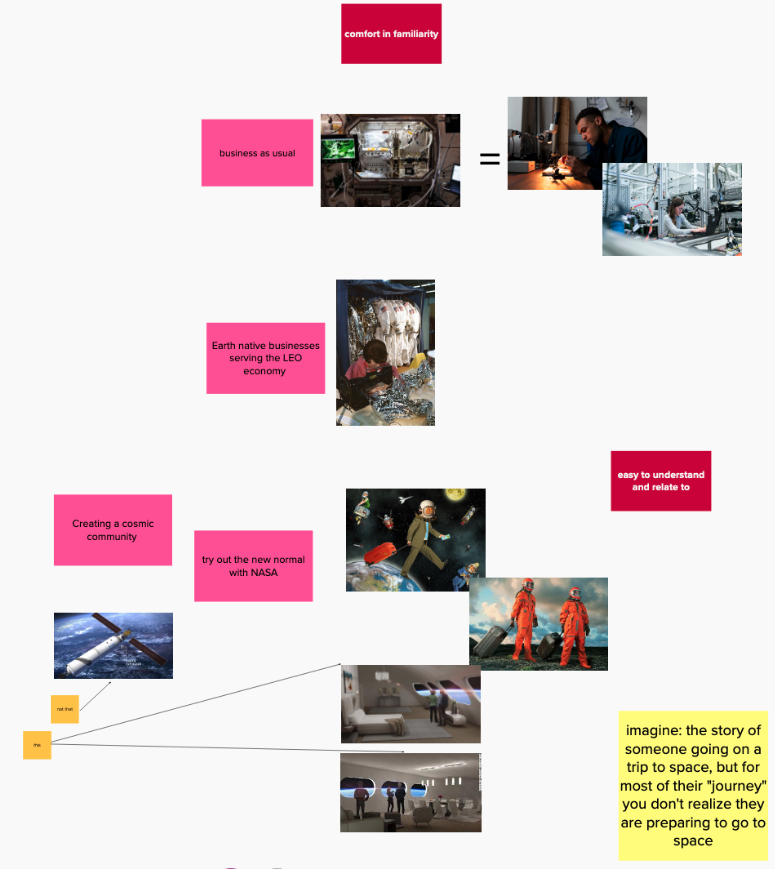

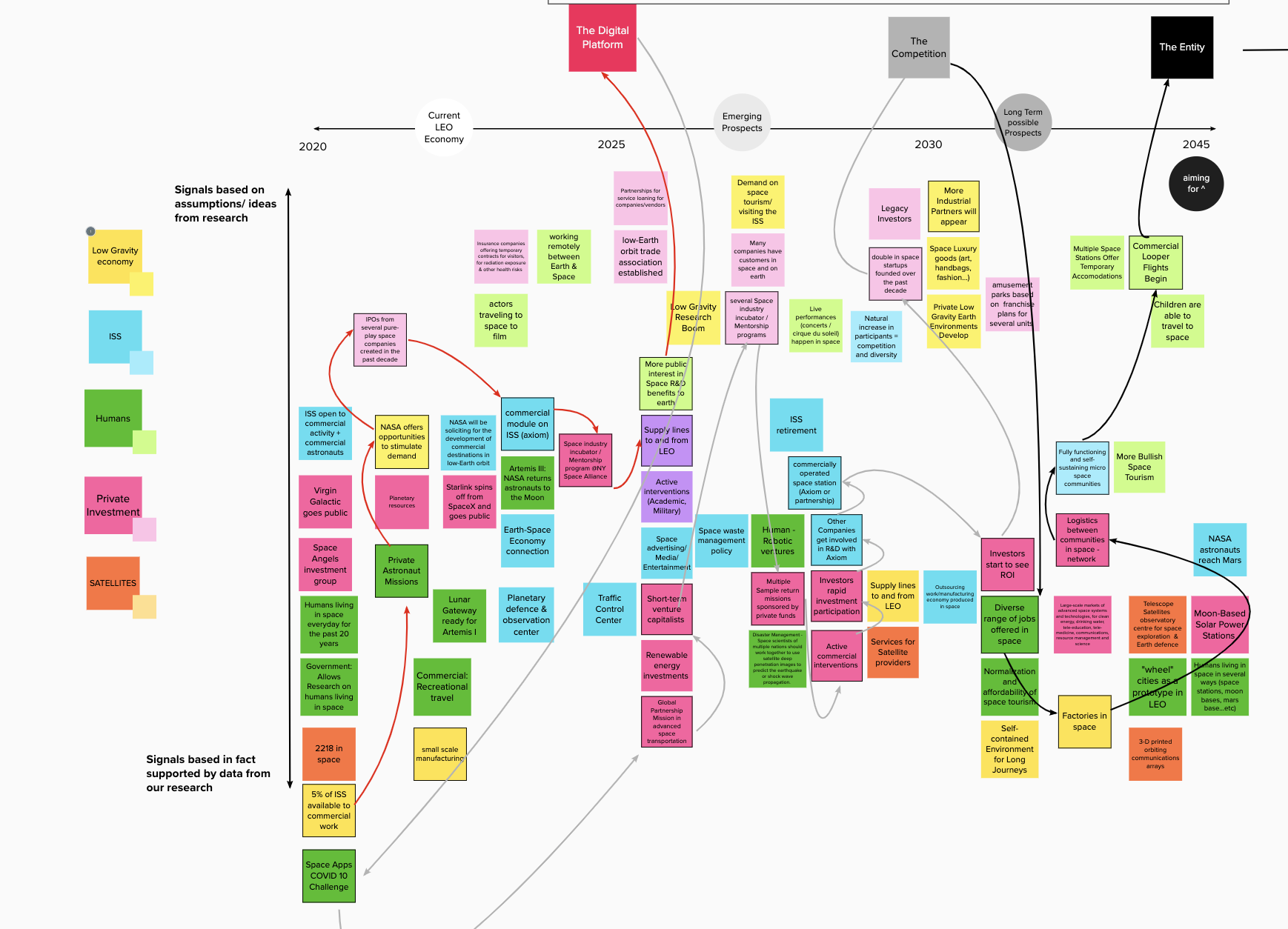
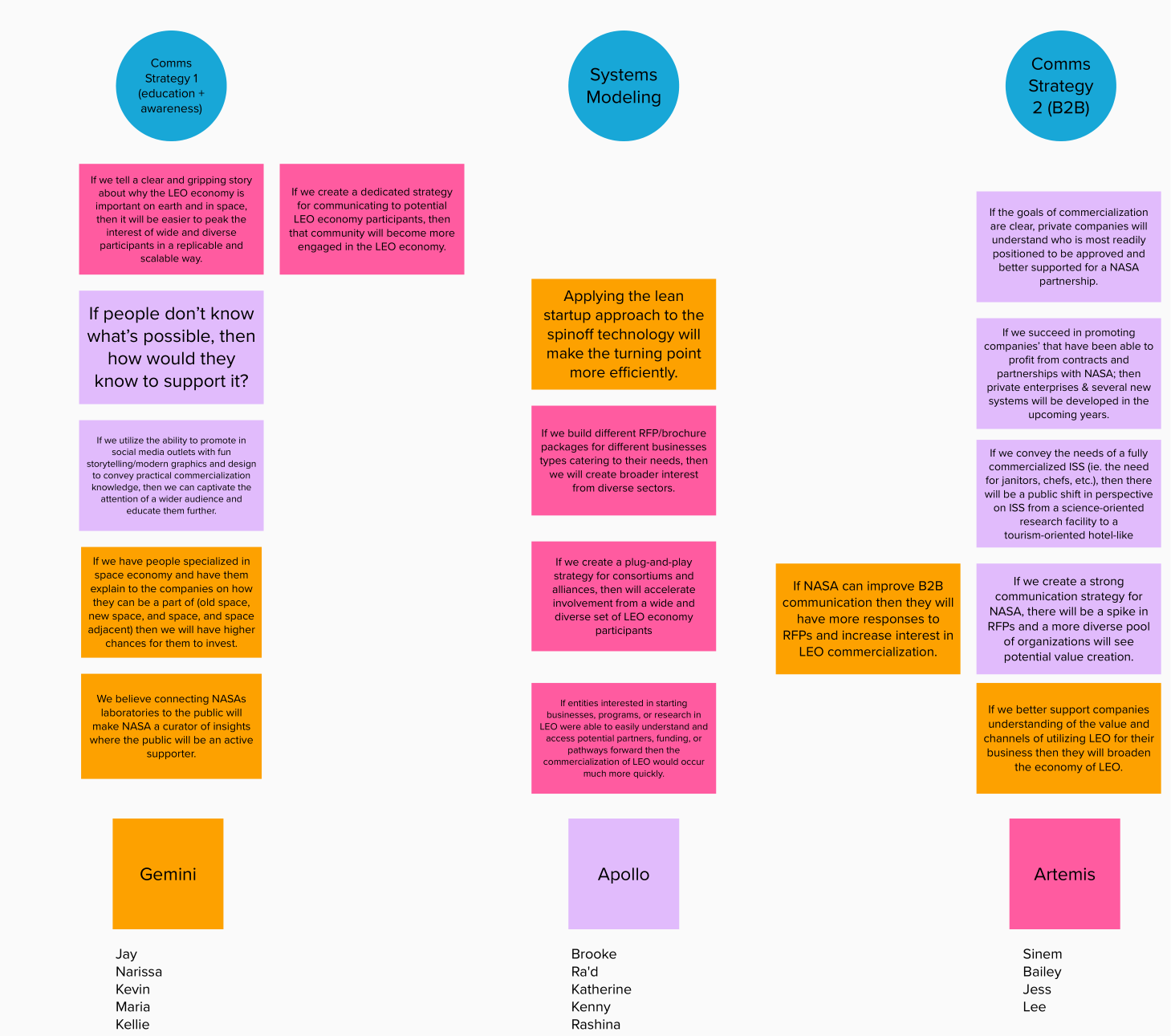

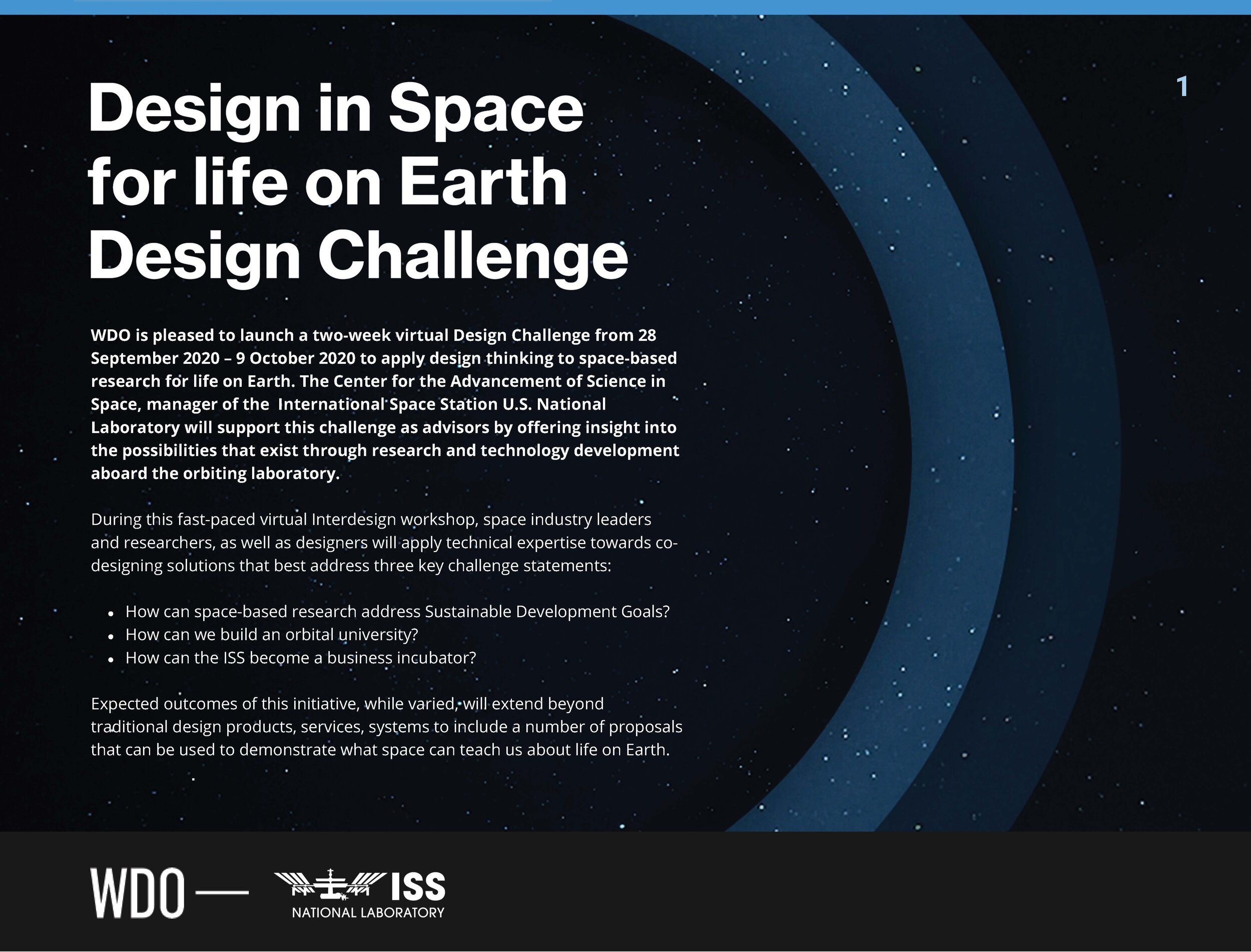
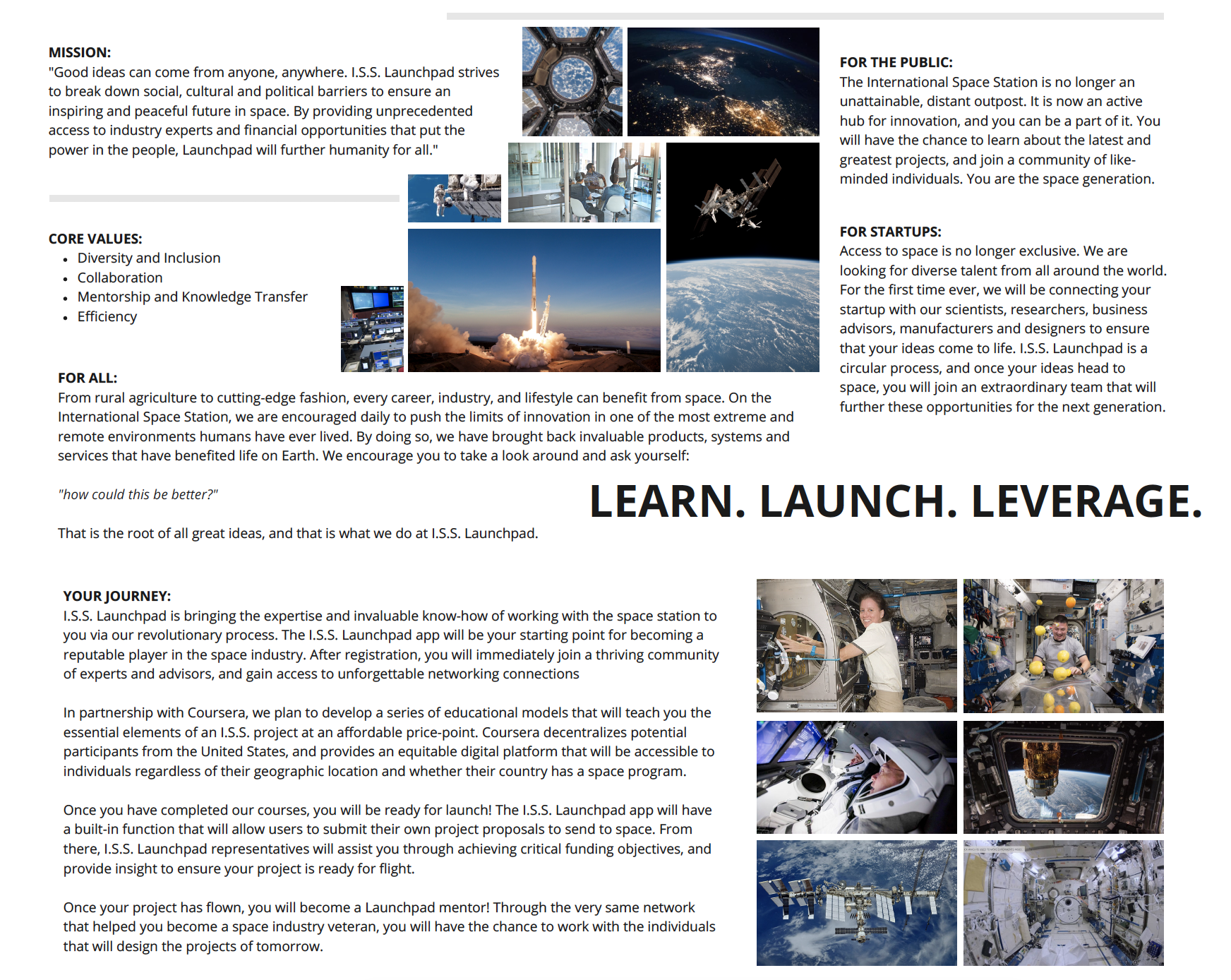
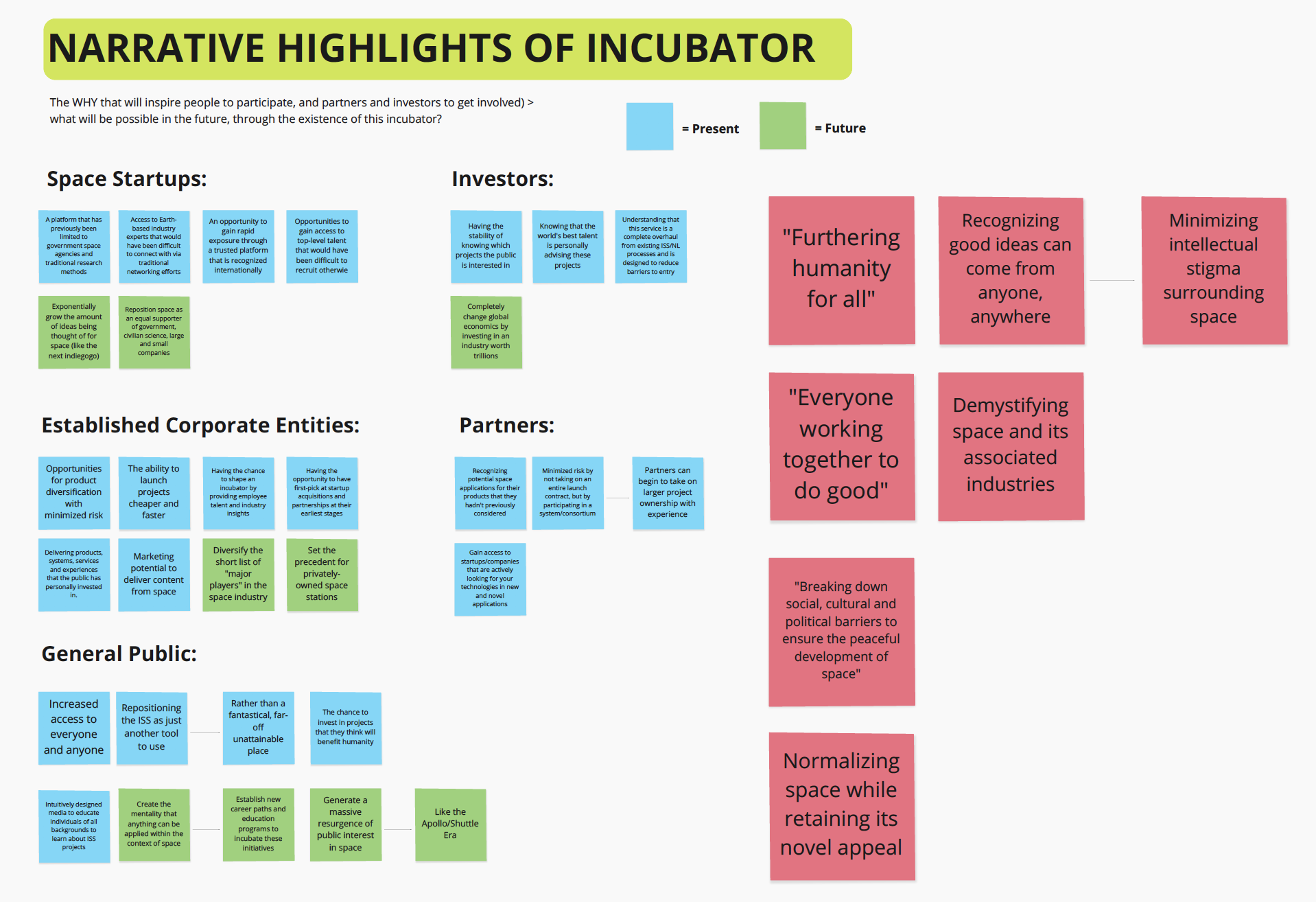
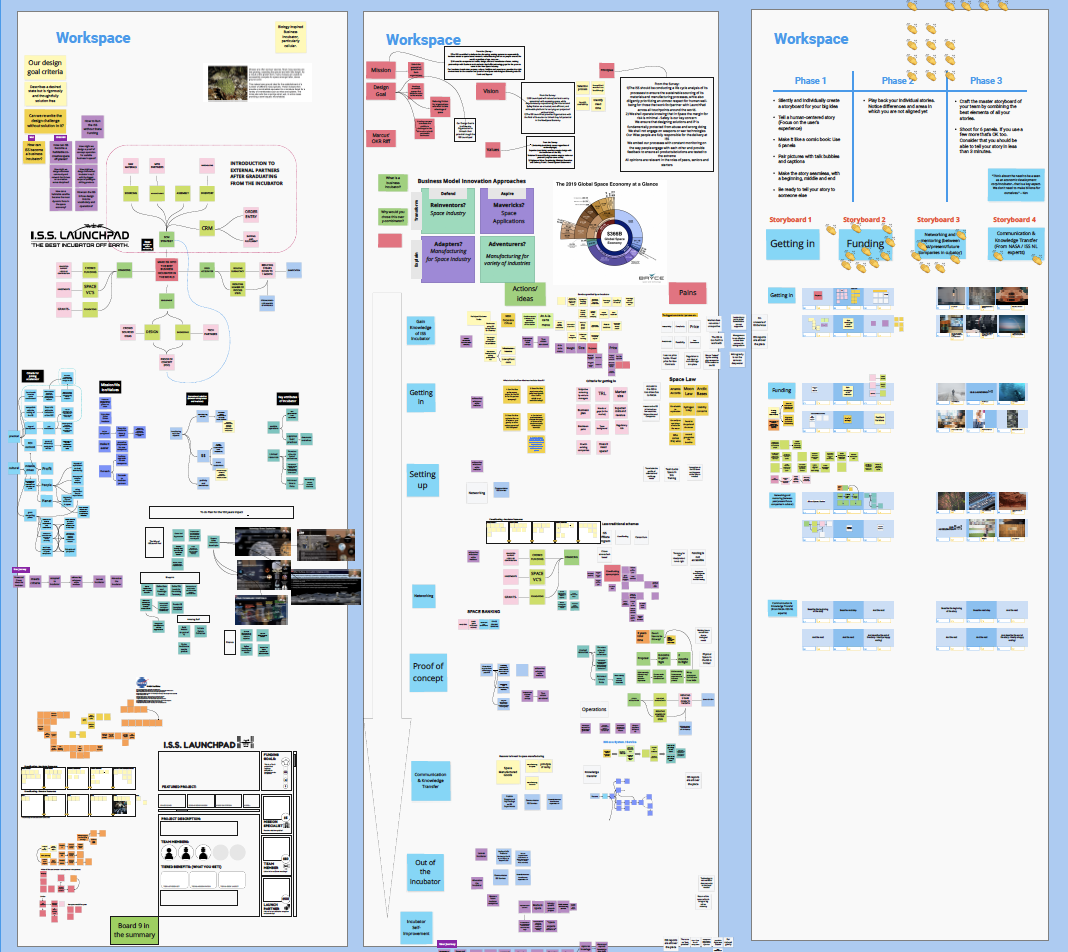
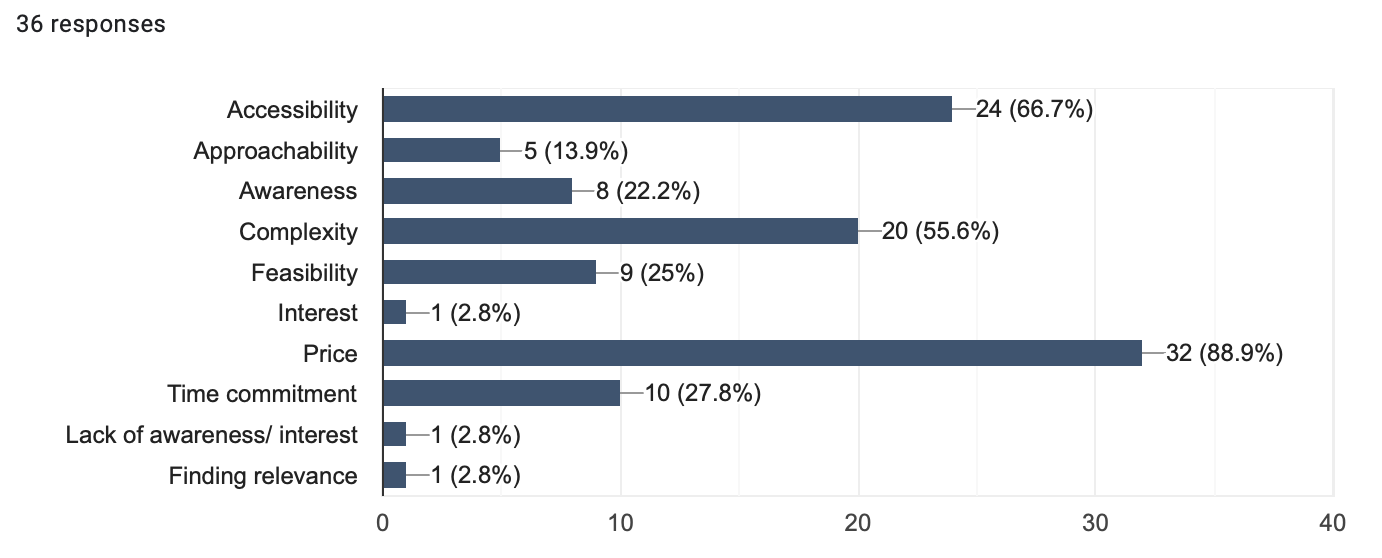
![[RESTORED] Design in Space - Business-Team-2.png](https://images.squarespace-cdn.com/content/v1/51f957abe4b080ed4b42ff0f/1607878315461-A4OHFORJYMBVYZFHOPMG/%5BRESTORED%5D+Design+in+Space+-+Business-Team-2.png)

